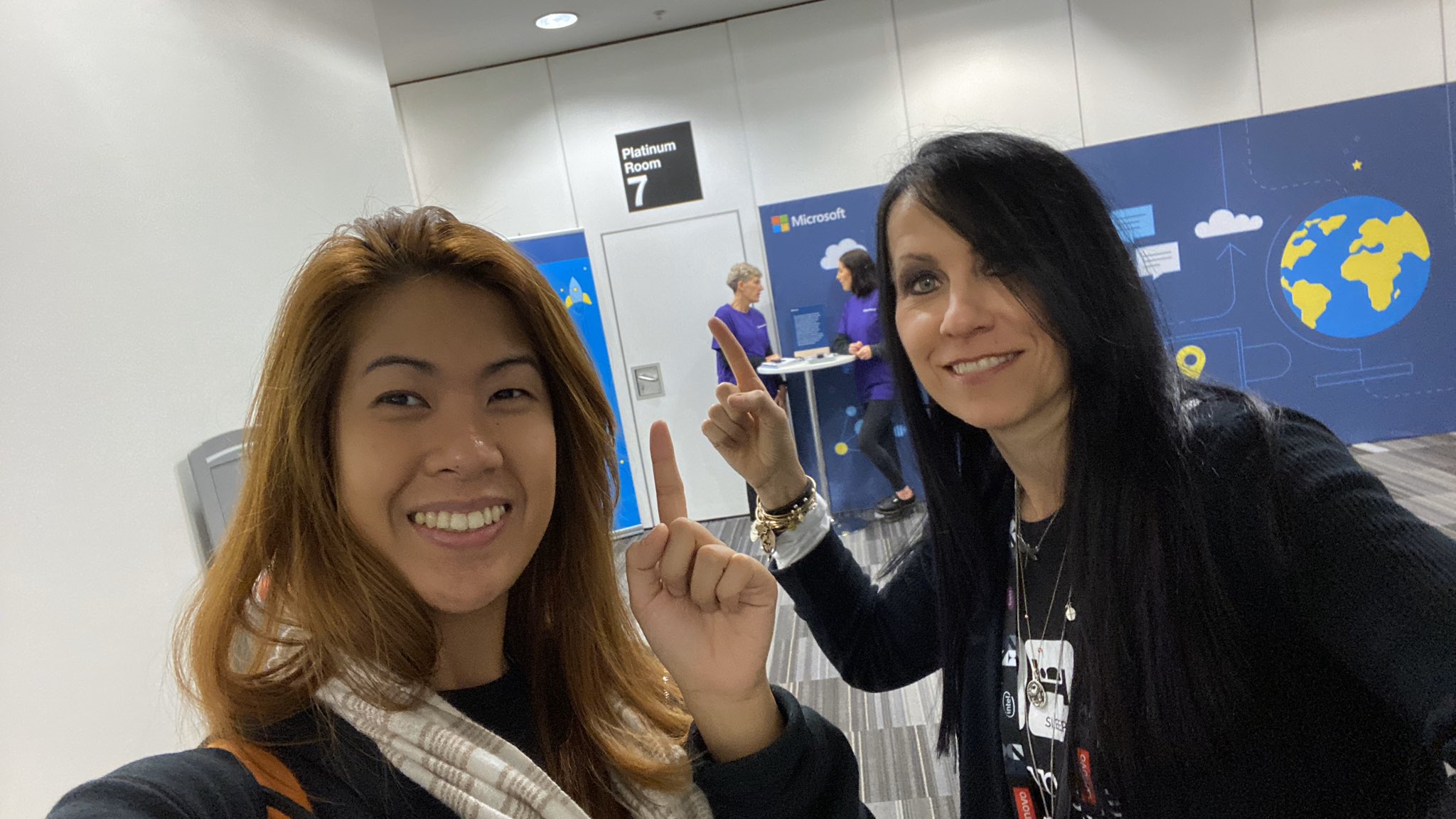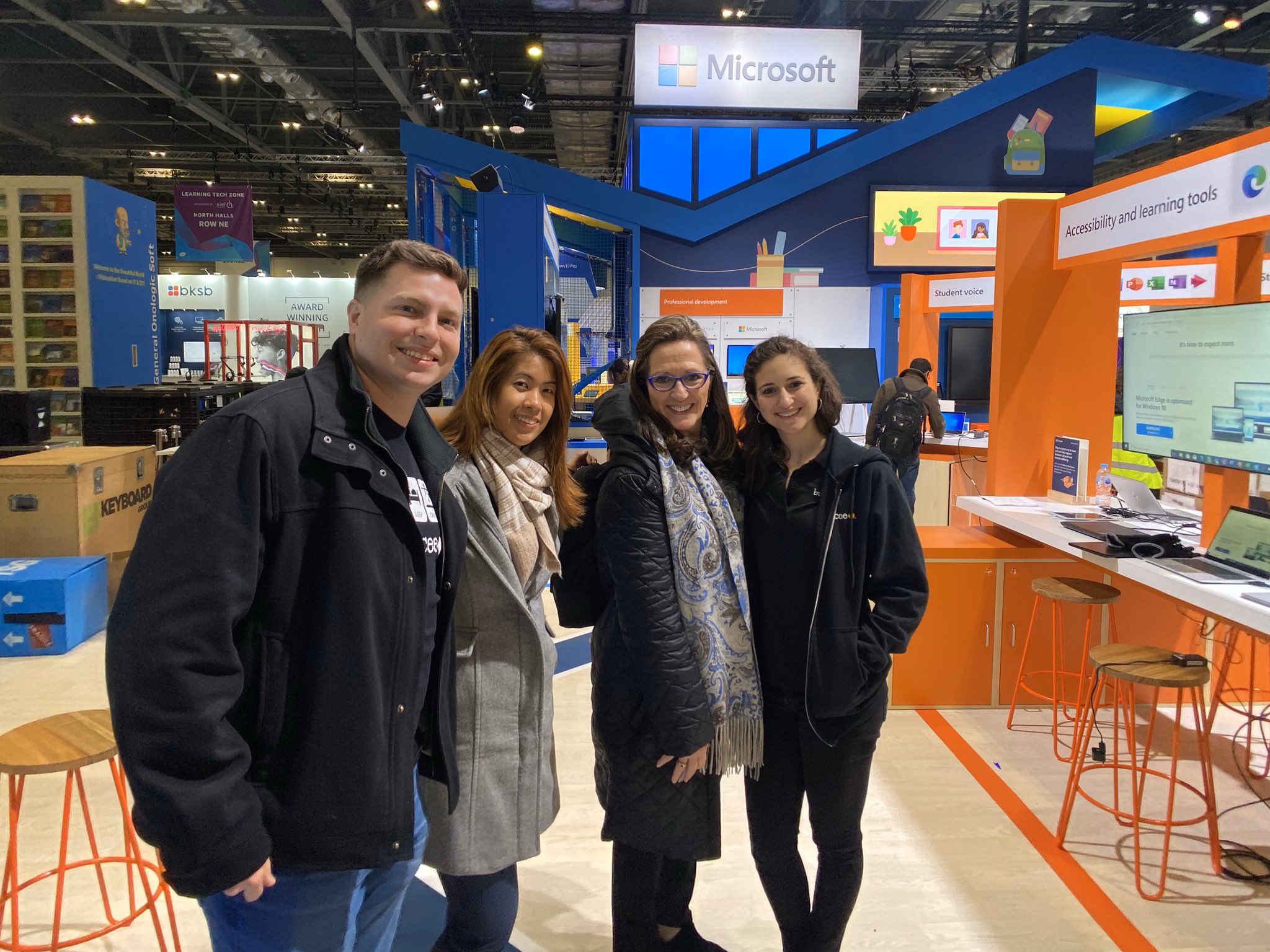Originally published on DefinedSTEM
There are so many different ways to get our students involved in learning with the use of technology. When we leverage the technology properly, there really are no limits to the number of resources and the possibilities to enhance and extend the learning that we can set up for our students and for ourselves. Whether you are an educator with a lot of experience using technology or just beginning, the benefit of these different tools is that it does not take much more than setting up an account to get started. But the more important benefit is that by using these different tools, it gives our students a more authentic and engaging way to share their ideas, to think critically, to problem-solve, and to collaborate. We enable students to apply their learning in a way that is more authentic and meaningful to their respective needs and interests.
While it is great to have so many choices available, it can be challenging to filter through everything to find exactly what you’re looking for. Fortunately, many of these tools offer multiple uses, beyond the traditional purpose for which they were created. Sometimes it comes down to being creative and trying some of the tools yourself, and possibly even asking students for their ideas. We always need to be purposeful when choosing technology for our students. Think first about the “why” behind wanting to include a new tool in your class. What will it enable the students to do differently and how will it promote student learning? We want to build student skills, create innovative ways to learn and prepare for the future.
Preparing for the future
We will not know exactly what the future of learning or work will hold for students, but I do believe that they will need these essential skills regardless of what they ultimately end up doing. Because of this, I am always looking for new or different ways to build communication and collaboration skills and promote creativity in learning. I want to help students to build their confidence, to explore and do work which is purposeful for them. With these options, students can get started regardless of their level of comfort with technology, and as a result, they will become more confident in learning, and connect better with the content because they had a choice. We need to promote student agency in learning.
Some of the best ways that I have noticed for engaging students in more discussion, to think differently about learning and to share their ideas, is by using tools that promote independent thinking as well as peer collaboration. We create opportunities and enable students to broaden their perspective, and ideally, broaden their perspective beyond their school and community, by helping them to become more globally aware.
Here are some quick ideas for tools and activities that can build student skills in the content area as well as fostering the development of vital future-ready skills.
Some options: Blogging, podcasting, multimedia presentations without the “presentation,” creating a tour and sketchnoting.These might seem to be a little bit different than traditional activities, but the potential with each of these I believe is at the core of the format of these options.
- Blogging offers students a comfortable way to write, share, read and learn. There are so many benefits of blogging and sometimes the greatest benefits are those personal to each individual student. Blogging is a great way for students to develop the critical skills they need for learning today. It helps students to become more creative, to feel more confident in expressing their thoughts and ideas, and promotes authentic writing when students write with purpose. It can also help to further develop relationships by promoting collaborations between teacher and students, and students with students, when we read the blogs and provide feedback.
- Podcasting offers students a way to build speaking skills that can tie into future opportunities where public speaking might be a requirement. With the new tool Synth, we can create more opportunities for students to share their learning using a platform that goes beyond a simple podcasting tool. Create a series of “Synths” which give students a different explanation or offer tips for students to follow as they are completing an assignment or working on a project. For teachers, it is helpful for posting a discussion question for students to respond to beyond the school day and to create a new point of discussion for the next class. How fun would it be to have your own class podcast or create a podcast that can be shared within and beyond the school? Students could explore careers and the community by setting up interviews with different student groups or teachers and then share the story of what’s happening in the classroom and school community.
- Multimedia “presentations” For students who need to create a presentation that involves a variety of media formats and information, the idea of doing the research and putting everything together into a presentation tool could be time-consuming and possibly overwhelming for some. However, when using a tool like Wakelet, students can simply place or curate all of the resources for their project into one “Wake” and then share the link with their teacher, who can then create one class Wake where all the materials are accessible. It helps students to gather their information and to store it in one digital space and can also serve as a digital portfolio for students as they progress through school.
- Sketchnoting: It is not always about technology, as some students may not enjoy using technology to create a project, especially if they prefer creating something on their own. Sketchnoting has a lot of potential, especially for conveying a lot of information in a visually engaging way. Some students retain content better by creating a visual representation. Sketchnoting can be done with paper and markers, or it can be done using any of the apps available for creating a sketchnote.
There should be opportunities for students to engage in more real-world experiences, where they can assess needs in their community and brainstorm ways to offer services that will be beneficial for others
Using any of these different formats for showing their learning, students not only become more skilled at working independently and building confidence, but also in collaborating with their peers and working with other adults besides their teacher. We promote digital citizenship and help our students to develop their online presence and practice the responsible use of digital tools for learning. What are some different ways you have your students communicate, collaborate and create?
**Interested in writing a guest blog for my Rdene915 site? Would love to share your ideas! Submit your post here.

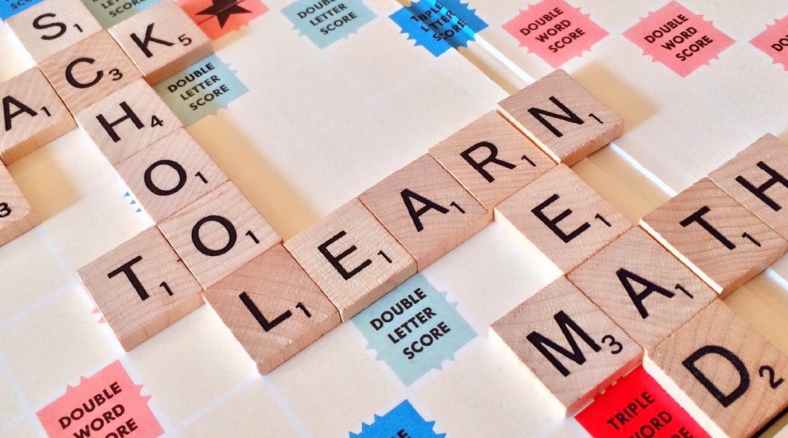
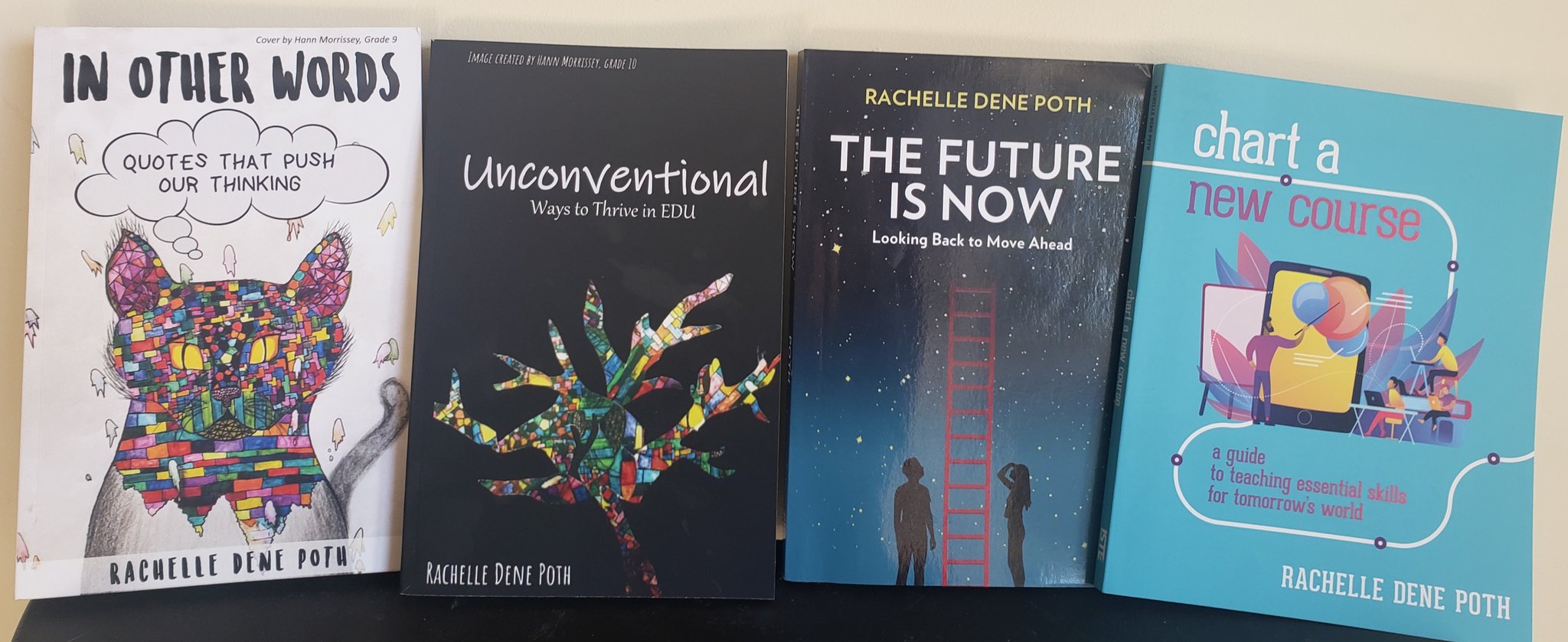



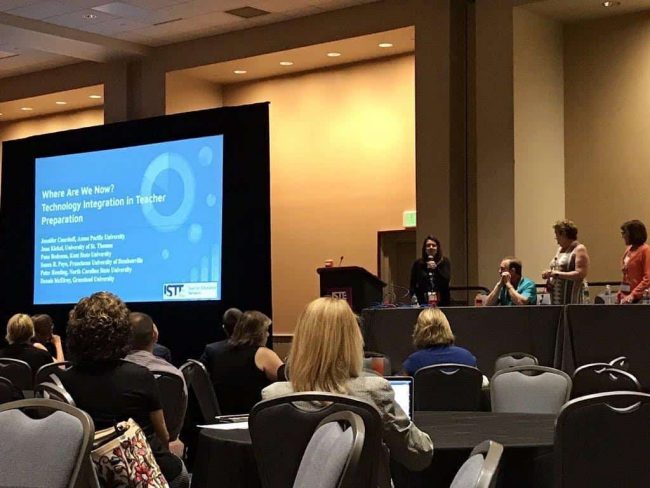


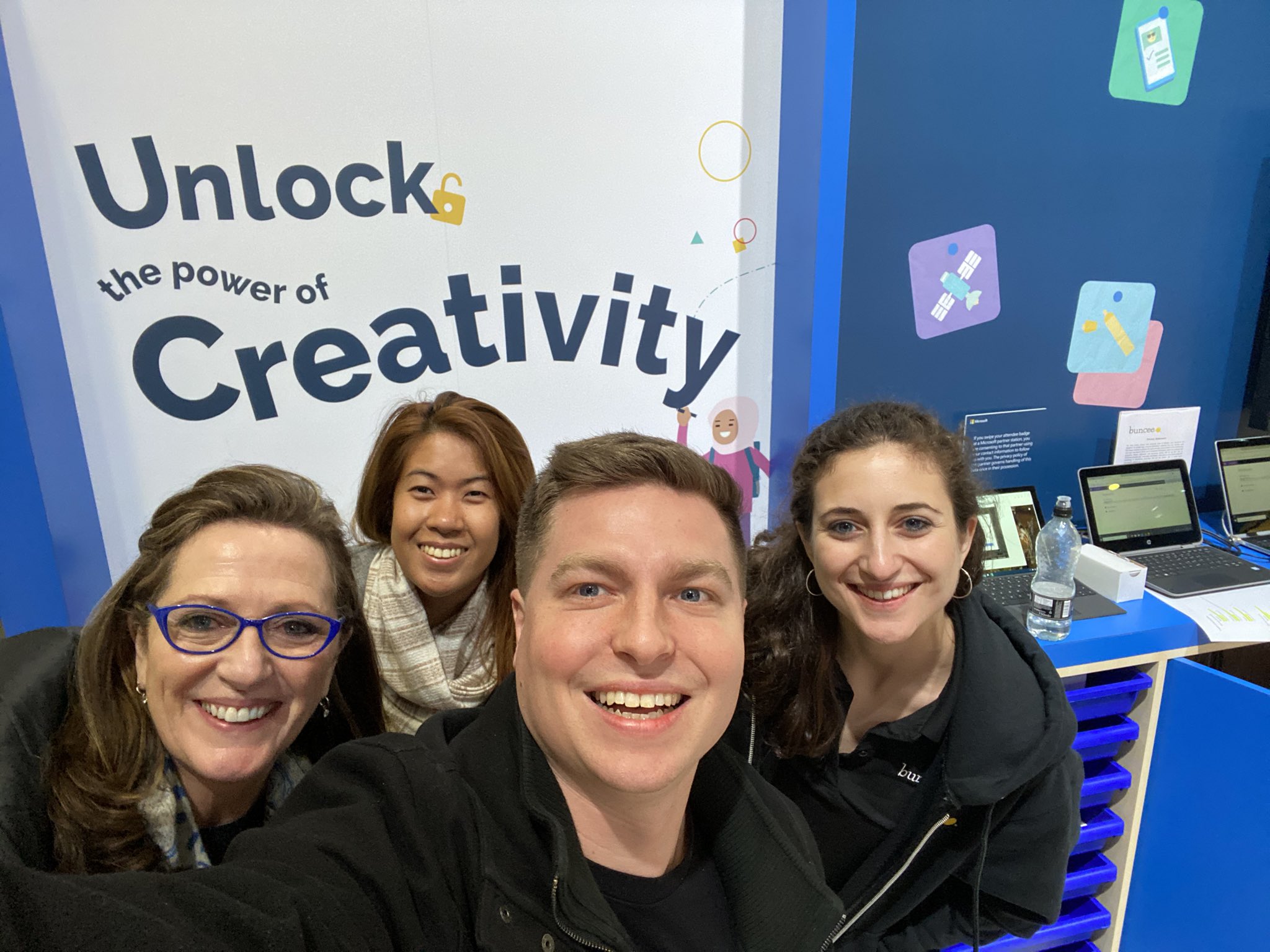 Marie, Eda, Bryan and Francesca
Marie, Eda, Bryan and Francesca

 I was honored to present a session with with Eda Gimenez, about using creativity to nurture a love of learning and the power of immersive reader for accessibility for all learners. We worked on the presentation for a while and I was excited and nervous of course, to present. But what always makes a difference is talking about something that you are passionate about and believe in and also making a connection with the attendance.
I was honored to present a session with with Eda Gimenez, about using creativity to nurture a love of learning and the power of immersive reader for accessibility for all learners. We worked on the presentation for a while and I was excited and nervous of course, to present. But what always makes a difference is talking about something that you are passionate about and believe in and also making a connection with the attendance.
